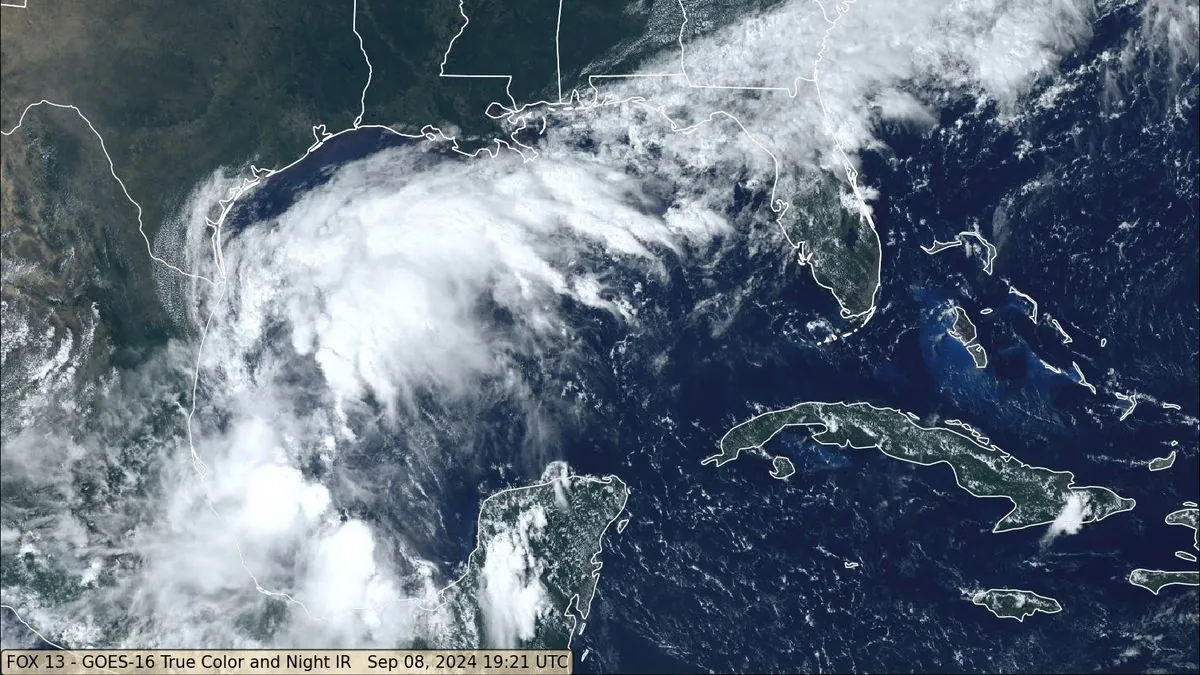Gulf Disturbance Threatens Texas and Louisiana with Heavy Rain, Possible Hurricane
A tropical system in the Gulf of Mexico is expected to bring significant rainfall to Texas and Louisiana. Forecasters warn of potential rapid development into a tropical storm or hurricane.

A tropical disturbance in the southwestern Gulf of Mexico is poised to impact Texas and Louisiana with substantial rainfall, according to the National Weather Service. The system, which may evolve into a tropical storm or potentially a hurricane, is expected to move slowly northwestward along the Gulf coasts of Mexico and Texas in the coming days.
Donald Jones, a meteorologist with the National Weather Service in Lake Charles, Louisiana, emphasized the need for vigilance:
"Definitely want to continue to keep a very close eye on the forecast here in the coming days because this is something that could develop and evolve fairly rapidly. We're looking at anything from a non-named just tropical moisture air mass all the way up to the potential for a hurricane."
The Gulf of Mexico's warm water temperatures create favorable conditions for storm development. This aligns with the fact that tropical cyclones typically form over warm ocean waters near the equator. The National Hurricane Center (NHC), responsible for tracking and predicting tropical cyclones, is closely monitoring the situation.
An Air Force Reserve hurricane hunter aircraft was scheduled to investigate the disturbance, gathering crucial data. These specially equipped aircraft play a vital role in understanding and forecasting tropical systems.

This potential storm comes after an unusually quiet period in the 2024 Atlantic hurricane season, which runs through November 30. The season's peak is expected on September 10, 2024. Despite the slow start, experts still anticipate an above-normal season overall.
In July 2024, Hurricane Beryl caused significant disruption, knocking out power to nearly 3 million homes and businesses in Texas, primarily in the Houston area. This event serves as a reminder of the potential impact of these storms, echoing historical events like the Galveston Hurricane of 1900, which remains the deadliest natural disaster in U.S. history.
Climate change is expected to increase hurricane intensity, potentially leading to more severe impacts. This underscores the importance of preparedness and adherence to updated building codes, a lesson learned from Hurricane Andrew in 1992.
As the situation develops, residents in the affected areas should stay informed and prepare for potential storm impacts, including the possibility of storm surge, inland flooding, and even tornadoes – all common hazards associated with tropical systems.


































